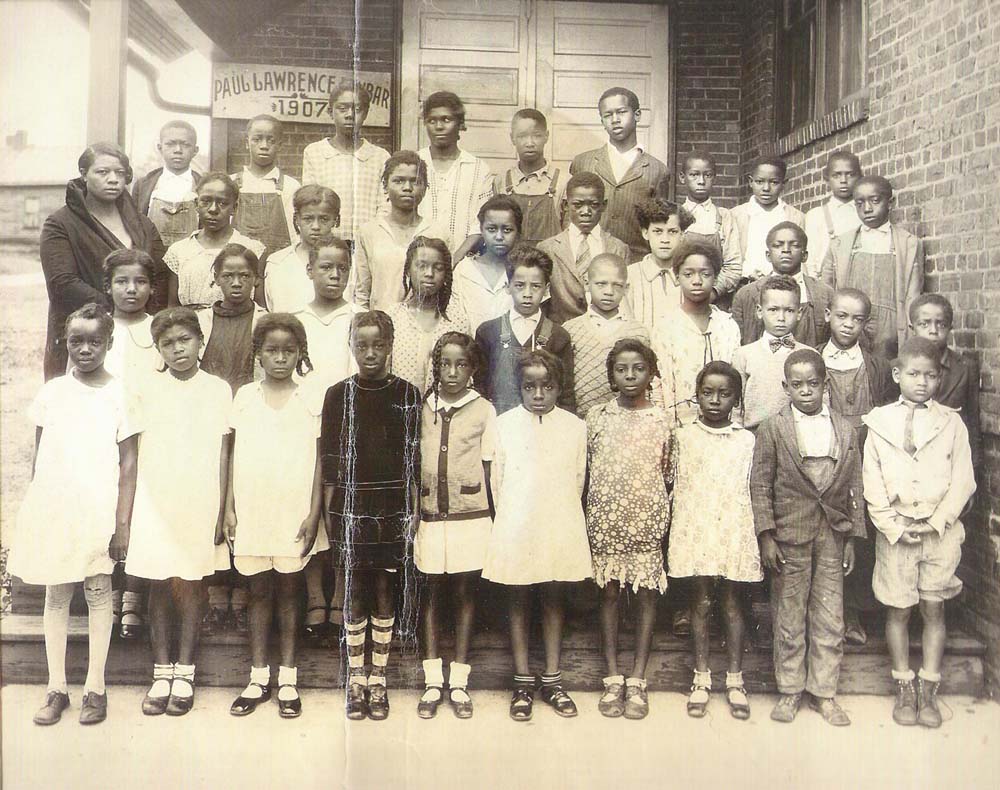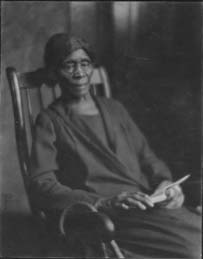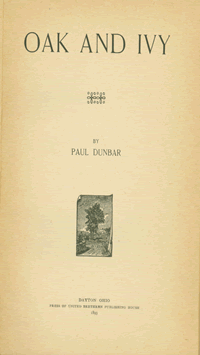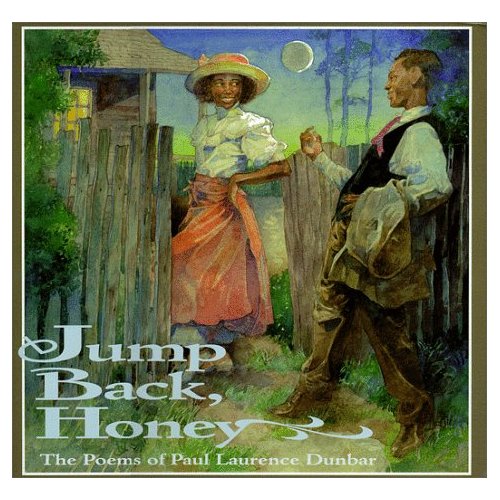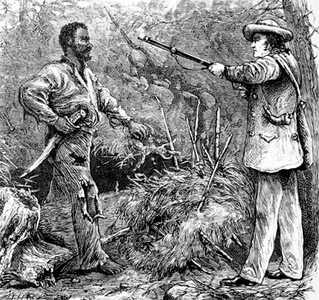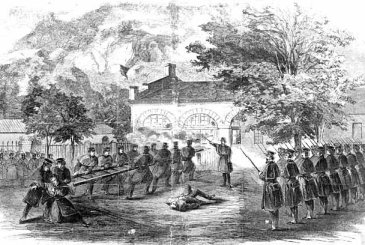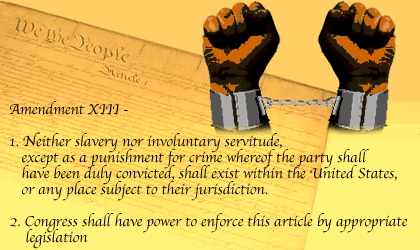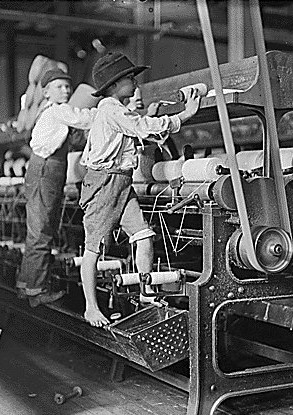|
Laurence Paul Dunbar |
|
|
Biography
Paul Laurence Dunbar was the first African-American poet to garner critical acclaim. He was born in 1872 in Dalton,
Ohio. His mother, Matilda, was a former slave, and his father, Joshua Dunbar, escaped from slavery and served in the 55th
Massachusetts Infantry Regiment and the 5th Massachusetts Colored Cavalry Regiment during the Civil Ward. Matilda and Joshua
had two children before separating in 1874. Matilda also had two children from a previous marriage.
The
family was poor, Matilda took in washing while Paul and his two half brothers performed any work that could help the family
such as gathering firewood, raking leaves and cutting grass. By the influence of his mother, Paul began writing and reciting
poetry when he was just six years old.
In 1892, at the age of twenty, he published his first collection of
poems “Oak and Ivy.” Though his book was a success, he had to keep working as an elevator operator to pay off
his debt to his publisher. He also sold his book for a dollar to the people who rode the elevator. By doing this he spread
his work and reputation quickly through the community. In 1893, he was invited to recite at the World’s Fair, where
he met Frederick Douglass, who was an abolitionist. Douglass called him “the most promising young colored man in America." In 1895, Paul published his second book “Majors and Minors” that made him
famous at national level. In 1898, Dunbar married Alice Ruth Moore. Ruth was a young writer,
teacher and proponent of racial and gender equality. They were one of the many couples who made public attempts to balance
racial, gender and marital expectations. Dunbar took a job at the Library of Congress in Washington, D.C. But after a year, he quit to dedicate his time to write and recite. In 1900, Dunbar
was diagnosed with tuberculosis. In 1902, Dunbar and his wife separated. Dunbar
dies at age or thirty-three on February 9, 1906, and he was interred in the Woodland Cemetery, Dayton, Ohio. He wrote 12 books
of poetry, four books of short stories, a play and five novels.
Paul Laurence works Ø Oak and Ivy (1892) Ø Majors and Minors (1895) Ø Lyrics of Lowly Life (1896-two first book together in one edition) Ø Poems of Cabin and Field (1889) Ø Lyrics of the Hearthside (1899) Ø Candle-Lightin’ Time (1901) Ø Lyrics of Laughter (1903) Ø When Malindy Sings (1903) Ø In Old Plantation Days(1903) Ø Li’L Gal (1904) Ø The Heart of Happy Hollow (1904) Ø Howdy, Honey, Howdy (1905) Ø Lyrics of Sunshine and Shadow (1905)
Novel
(Fiction) Ø Folks from Dixie (1898) Ø The Uncalled (1898) Ø The Strength of Gideon and Other Stories (1900) Ø The Fanatics (1901)
Historical background between 1800 to 1900 Nat Turner Rebellion: Nat Turner, a black slave, believed that he was chosen by God to free
his people from slavery. In August 21st, he and seven slaves started the rebellion against slavery, 50 whites were
killed. Turner hoped that his action would cause a massive slave uprising, but only 75 joined his rebellion. Nat Turner was
executed on 11th November, 1831.
Fugitive Law: In 1850 Congress passed the Fugitive Slave Law. The law stated that
in future any federal marshal who did not arrest an alleged runaway slave could be fine. And any person aiding a runaway slave
was liable to six months’ imprisonment and a fine. Harper’s Ferry: In 1859, John Brown led a party in a successful attack on the federal
armory at Harper’s Ferry. Brown hoped that his actions would encourage slaves to join his rebellion. Two days later
the armour was stormed by Robert E. Lee. Brown fought until he was serious wounded. He was tried and convicted of insurrection,
treason and murder.
Canada and Slavery: The Underground Railroad was a system by which escaped slaves from
the South were help in their fight for the North. The various routes went through 14 Northern States and Canada. In Canada the Society of Friends purchased eight hundred acres of land for escaped slaves. Anti-Slavery Newspapers:
Emancipation Proclamation: In January of 1863, Lincoln signed the final draft of the Emancipation
Proclamation. This includes the omission of the passage that the government would “do no acts to repress such persons
in any efforts that they may make for their actual freedom.” 13th Amendment: In December 1865, the Thirteen Amendment of the Constitution had been
passed by the House of Representatives and ratified by the required number of stated, that slavery was finally abolished everywhere
in the United States.
Reconstruction Plans: In December 1863, Abraham Lincoln announced his Reconstruction Plan.
He declared that as soon as any secede state formed an accepted presidential decision on the subject of slavery and took oaths
of allegiance to the Constitution, they would readmit to the Union. After the
assassination of Abraham Lincoln in 1865, the new president Andrew Johnson, issue his own plan. He announced that base on
the 13th Amendment Southern States would be readmitted into the Union. This upset Radical Republicans and impeachment
proceedings were began against him. Wade-Davis Act: Benjamin Wade and Henry Winter Davis sponsored a bill that provided
an administration for southern states by provisional governors until the end of the war. However Abraham Lincoln refused to
sign the bill; therefore, it failed to become a law.
The Freemen’s Bureau was established in March, 1865. It was designed
to protect the interest of former slaves. After the American Civil War most states in the South passed anti-African American legislation, known as Jim Crow Laws.
This includes law of discrimination against African American with concern to attendance in public schools and the use of facilities
such as restaurants, theaters, hotels, cinemas and public baths. On June of 1866, the 14th amendment was passed. It was designed to grant citizenship to and protect the civil
liberties of freed slaves. It prohibits states from denying the privileges and immunities of citizens of the Unites States. Reconstruction Acts: In March 1867, the Congress passed the first Reconstruction Act. The
South was divided into five military districts, each under a major general administrator. New elections were to be held in
each state with freed male slaves.
Pullman Strike: In 1894, George Pullman, the president of the Pullman Palace Car Company,
decide to reduce the wages of his workers. When the company refused arbitration,
the American Railway Union called a strike. Starting in Chicago it spread to 27 states. During the initial of the Industrial Revolution, United States employ child workers. In 1892, John Peter Altgeld, was
elected as governor of Illinois. He managed to persuade the state legislature to pass legislation controlling child labour.
The law limited women and children to work a maximum of 8 hours per day. Not later, this law got repelled. In 1933 Frances Perkins, was appointed as the Secretary of Labor by the new president, Franklin G.Roosevelt. She immediately tried to persuade the president into ending child labour. In 1938, the Congress passed
the Fair Labor Standards Acts which it includes the prohibition of child labor. Click here for more detail information about the events and Issues between 1800-1900. References: Alexander, Eleanor. “Lyrics of Sunshine and Shadow: Tragic Courtship and Marriage of Paul Laurence
Dunbar and Alice Ruth Moore.” New York: New York UP, 2001. Ms LaVerne Sci.
“Paul Laurence Dunbar House, a site of the Ohio historical Society.” LWF Communications. Trotwood, Ohio. 16th
April, 2008. <hppt://people.coax.net/lwf/DUNBAR.HTM> “The life of Paul Laurence Dunbar.” University of Dayton. 7th
April, 2008. <hppt://www.dunbarsite.org/biopld.asp> “Paul Laurence
Dunbar.” Wikipedia. 16th April, 2008. <hppt://en.wikipedia.org/wiki/Paul_Laurence_Dunbar> |
||||||||||||||||||||||||||||||||||||||||||||||||||||

